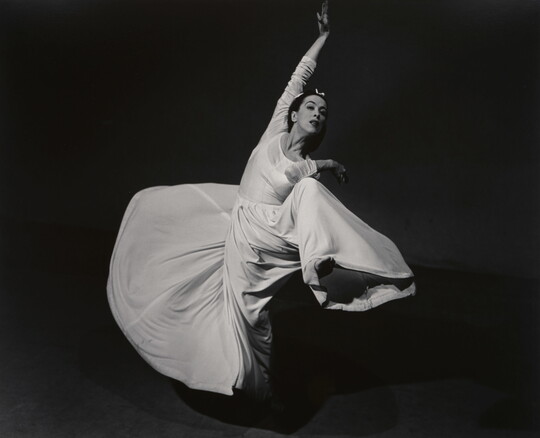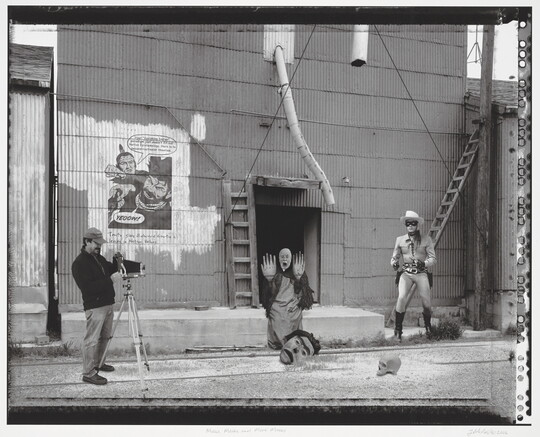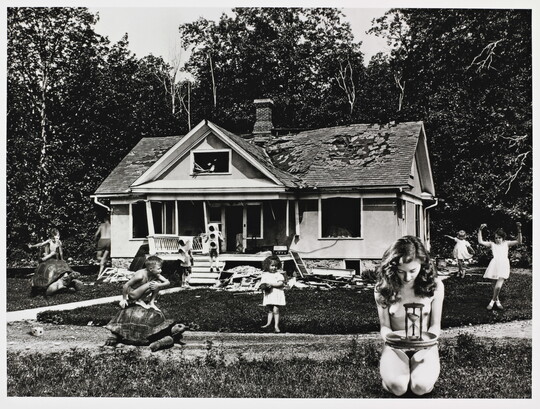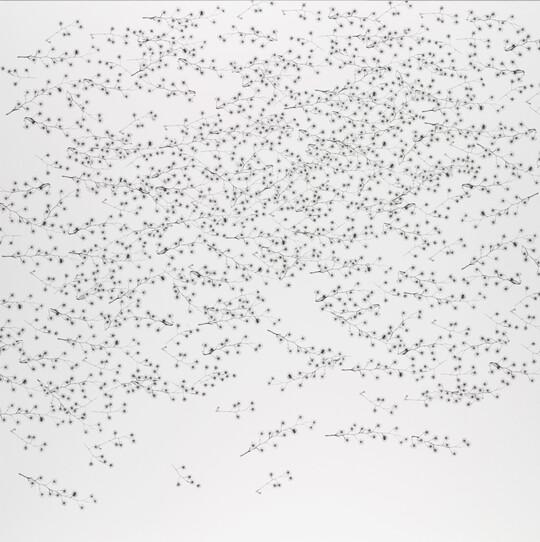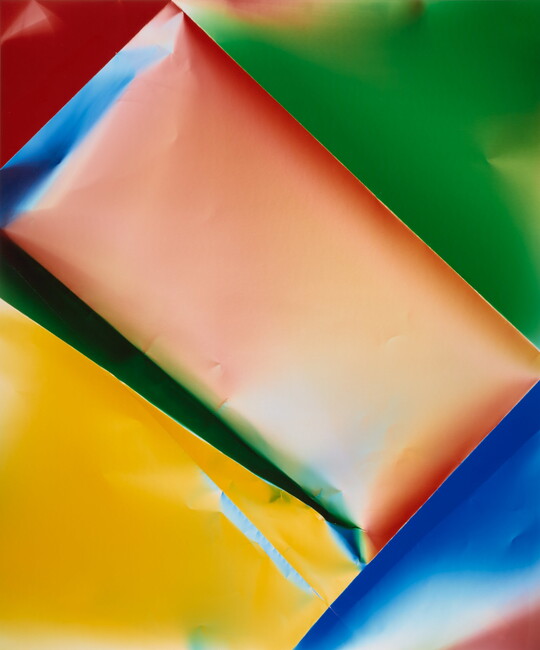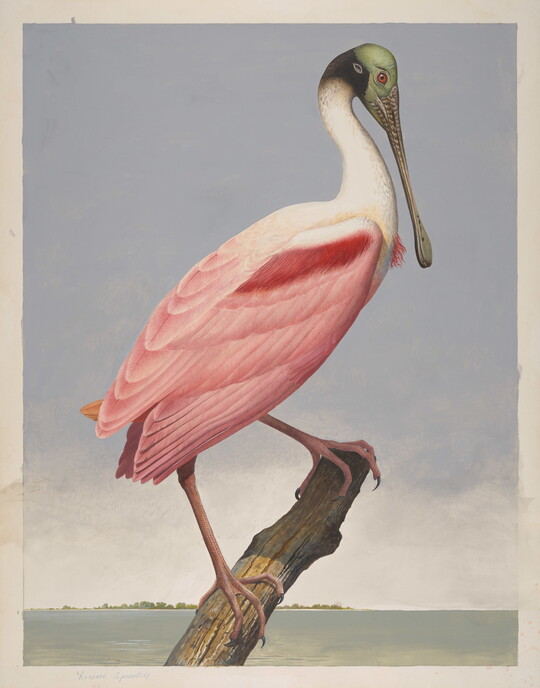

Artwork Image
Photo:
Controls
Cabbage Crop and Wall, Brownsville, Texas
Object Details
-
Date
2015
-
Object Type
Photographs
-
Medium
Inkjet print
-
Dimensions
60 x 80 in.
-
Edition
1/5
-
Credit Line
Amon Carter Museum of American Art, Fort Worth, Texas, Purchased in honor of Amon G. Carter Jr. through the generosity of the Kyjovska family, Poland
-
Accession Number
P2017.72
-
Copyright
© 2017 Richard Misrach courtesy of Fraenkel Gallery, San Francisco, Pace/MacGill Gallery, New York, and Marc Selwyn Fine Art, Los Angeles
Additional details
Location: Off view
See more by Richard Misrach
Tags
-
How does an artist provide viewers a sense of scale in an artwork?
What roles have landscapes played in art history? How has that role stayed the same or changed over time?
What role do photographers play in bringing social issues to light? Are photographers uniquely suited to do so?
-
What is depicted in this photograph? What can you tell about this place by looking at the photograph?
What elements of art and principles of design can you see at work in this photograph? (e.g., line, color, space, depth, contrast, pattern, rhythm.) The artist made very specific choices in framing this photograph. What might be right beyond the edges of what we see? How might different choices have changed the photograph? There are no people in this image, but the artist’s project is about interactions between humans and between humans and the land. Who are the people that this photograph is concerned with? How can you tell? What evidence do you see of the farmers, American politicians, immigrants, Border Patrol agents, activists, and construction workers who all have an interest in the land surrounding the Mexico–U.S. border?
This photograph is part of a project called Border Cantos that Richard Misrach created with musician Guillermo Galindo in an effort to correct the gaping omissions they saw in mainstream discussions and media coverage of border issues. How does this photograph address those gaps?
How can a work of art that contains no human figures address political and social situations directly connected to human experience? Is this photograph successful in doing that? How?
-
Grades 2–6
Students will find a place at their school or in their community where natural landscapes (trees, plants, rocks, etc.) exist in proximity to human-made structures. Taking into consideration elements of art and principles of design, students will create an image of the relationship between the two. Once students have chosen a location, ask them to consider what they will include in the image and what they will leave out. Ask students to pay special attention to line, pattern, and color, as Richard Misrach did.
For an extra challenge, students can gather items from the place they chose to depict and make an instrument from those items as Guillermo Galindo did.
Grades 6–12
Students will brainstorm political issues or social relationships in their community. Then they will find a way to depict one topic from their brainstorm without using human figures. Ask students to write about their search for an image, their choice of medium, and the compositional decisions they struggled with in order to create their image.
All Levels
Explore the images and music from Border Cantos as a class.
How did the music you heard influence the way you saw and felt about the images?
How did the images influence the way you heard and felt about the music?
What can you infer about the instruments that Galindo created simply by hearing the music he produced with them?
How do the images and music help the audience to connect to the experiences of people in the borderlands, whether passing through or staying?
Share Educator Resources
Amon Carter Disclaimer
This information is published from the Carter's collection database. Updates and additions based on research and imaging activities are ongoing. The images, titles, and inscriptions are products of their time and are presented here as documentation, not as a reflection of the Carter’s values. If you have corrections or additional information about this object please email us to help us improve our records.
Every effort has been made to accurately determine the rights status of works and their images. Please email us if you have further information on the rights status of a work contrary or in addition to the information in our records.
Related Works
-
Running, West Fork near White Settlement Road, Trinity River, November 21, 2013, 2013
Terry Evans
Inkjet print
P2015.32.1
-
Martha Graham - Letter to the World (Swirl), 1940
Barbara Morgan
Gelatin silver print
P1974.21.17
-
Masks, Masks, and More Masks, 2006
Larry McNeil
Inkjet print
P2016.85
-
Untitled, 1970
Luchita Hurtado
Lithograph
1970.86
-
The Time Game, 2011
Jane Hammond
Gelatin silver print
P2011.29
-
Pycnantha, 2014
Dornith Doherty
Inkjet print
P2015.121
-
East Baltimore, 2007
Anthony Hernandez
Inkjet print
P2012.4.1.1.1
-
Zerogram, 2017
Ellen Carey
Dye coupler print
P2018.40
-
Roseate Spoonbill, ca. 1980-85
Scott Gentling, Stuart Gentling
Graphite, opaque and transparent watercolor on paper
2018.26


